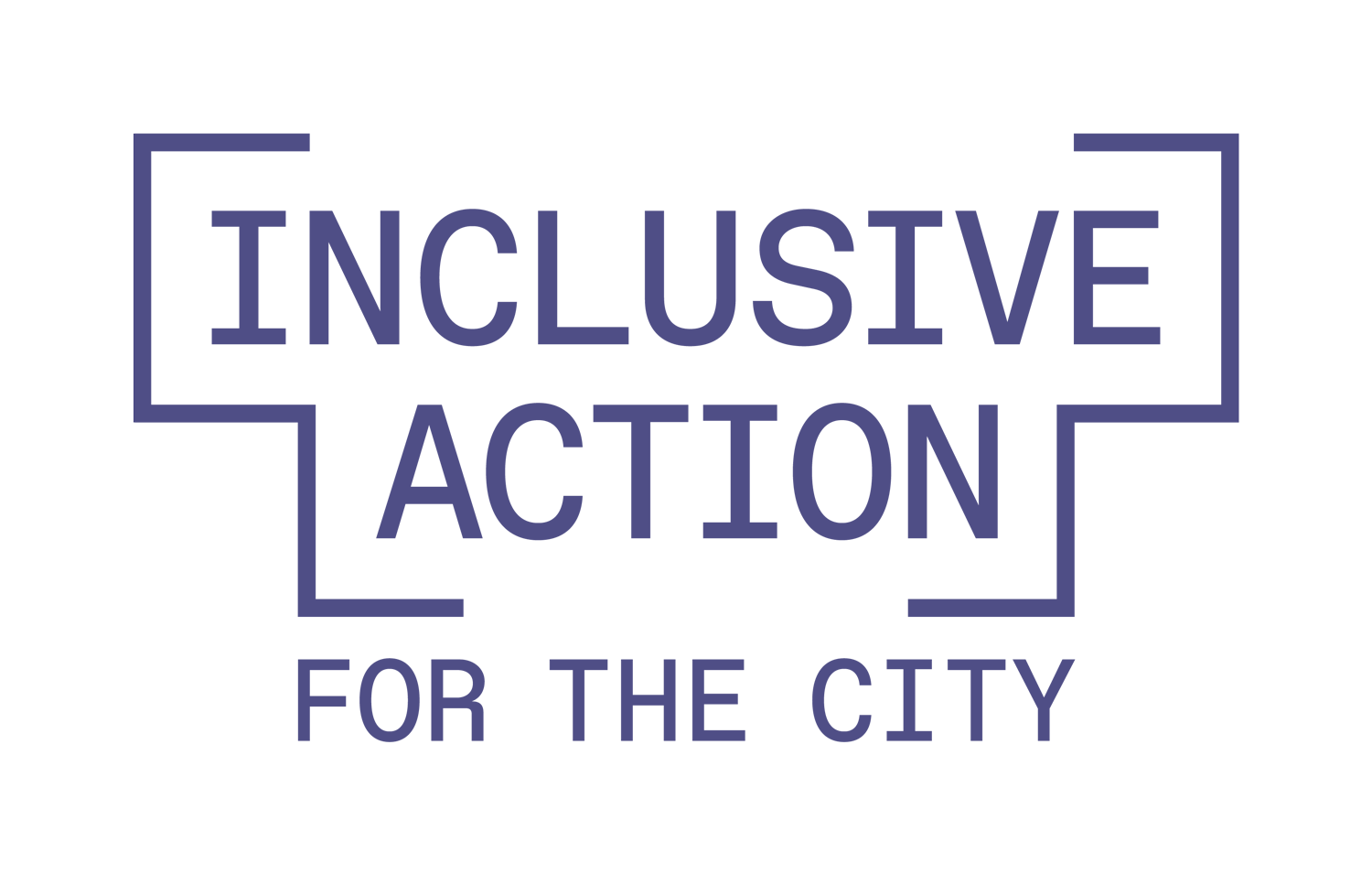Inclusive Action is now a CDFI - and why the pursuit of justice requires more from the community development industry.
Last week, the U.S. Treasury certified Inclusive Action for the City as a Community Development Financial Institution (CDFI).
This notice is an acknowledgement of our growth as a community-based lender to entrepreneurs of color. Since 2016, when we issued our first low-interest loan to a street vendor in Los Angeles’ piñata district, we’ve deployed over $500,000 in low-interest loans and have dedicated ourselves to providing business coaching that helps our borrowers build their businesses. Our work doesn’t just end when we cut a check, we stand alongside entrepreneurs by supporting them throughout the life of their loan.
Our team thought long and hard about whether we should apply for CDFI certification and participate in this industry. We explored the process with caution because we were initially concerned that CDFI certification would limit how we lent money and who we could support. We consulted with partners in the field and asked what being a CDFI meant to them and if they felt they could have the same impact without this certification. In our final analysis, we chose to apply for CDFI certification because we felt confident that it would serve as a vehicle to better serve our communities without compromising our values.
WHAT IS A CDFI?
CDFI certification is a formal acknowledgement from the U.S. Department of Treasury’s CDFI Fund that our work prioritizes financing to underserved communities. What sets apart CDFI lenders from other financial institutions is that at least 60% of a CDFI’s financing activities must serve low- and moderate income communities while also providing development services and accountability to their community.
The CDFI Fund was approved by Congress and formally established by President Bill Clinton in 1994. Supported by credit unions and smaller financial institutions, the CDFI program aimed to use public resources to support the financial stability of local lenders who were finding it difficult to raise the capital they needed to support entrepreneurs and families who were not being served by mainstream financial institutions.
The creation of the CDFI Fund was the result of decades of work by community lenders across the country: a movement of mission-driven financiers who were trying to reverse the redlining that took place in our country that discriminated against Black and brown communities. Coupled with the Community Reinvestment Act enacted in 1977, the CDFI Fund also incentivized financial institutions who were required to invest in low-income communities; if they were not lending directly in low-income communities, financial institutions can earn “credit” towards their CRA rating by investing in a CDFI instead.
When the CDFI was created, it was a bold and experimental approach to community building, working outside the margins of conventional finance and in thousands of economically disadvantaged communities.
AN INDUSTRY OR A MOVEMENT?
In many ways, however, the CDFI industry has become just that - an industry. Far from its origins, many CDFIs have come to prioritize their bottom line instead of unapologetically working to build Black and brown wealth in low-income communities. Some CDFIs issue high-interest rate loans in the name of “sustainability” or establish similar underwriting practices set by big banks. What’s more, few CDFIs are led by people of color, and the few that are, face the same challenges as the communities they serve: a lack of access to capital and capacity building resources. Rather than providing a bold alternative to the discriminatory practices of financial institutions, CDFIs have in some cases become an extension of the financial services sector that has historically abandoned us.
What is the bold alternative our communities need? What do our communities demand to not only survive but to prosper? CDFIs need to proactively design financial tools and services that meet Black and brown entrepreneurs where they are. We cannot continue to design products accessible only to the most exceptional entrepreneurs or replicate underwriting standards of institutions that discriminate against the communities we support. This means unlearning practices that are used to perpetuate systems of oppression and white supremacy. Our economies need a redesign, and this redesign needs new tools and approaches.
But, it’s not enough to be a good lender or business coach. CDFIs can’t hope to lend or “virtue signal” their way out of income inequality. To truly enact and represent change, we must align our work with that of communities and advocates who are trying to build an economy that serves us all. Some CDFIs may be wary of joining the larger movements for housing justice, economic justice, and racial justice, but we cannot continue to operate in a silo. We must join the calls to defund the police, for example, as allies who understand that a just economy must have the infrastructure in place to holistically support people’s lives and keep them safe. We cannot be of service to our clients by simply looking at tax returns, analyzing P&L statements, and calculating debt service coverage ratios.
We applied for CDFI certification because we want to tap into public resources with the intention of serving entrepreneurs who cannot build their businesses and take care of their families without capital. To this end, we’re mindful that in our work to leverage public resources to serve Black and brown entrepreneurs, we can’t succumb to the tendency to take fewer risks, be less creative in our program design and disconnect from the people we’re serving. Truly uplifting underserved communities requires using a bifocal lens; it demands that we look beyond our own financial sustainability and profitability while honing in on the growth and stability of the entrepreneurs we serve.
Inclusive Action is looking forward to continuing to fight alongside mission-driven lenders, community organizers, and residents who are demanding a more just future. This is the CDFI we aspire to be and the one that our community requires.
- The Team at Inclusive Action
Photos of our Semi'a Fund clients taken by Inclusive Action.




